Chili Peppers: The WHATs, WHYs, and HOWs!
Want to spice things up in the kitchen, and improve your health at the same time? Then turn to chili peppers. Here’s a basic primer from Body + Soul magazine, written by food author, Christie Matheson, that explains the WHATs, WHYs, and HOWs of the world of this family of vegetables.
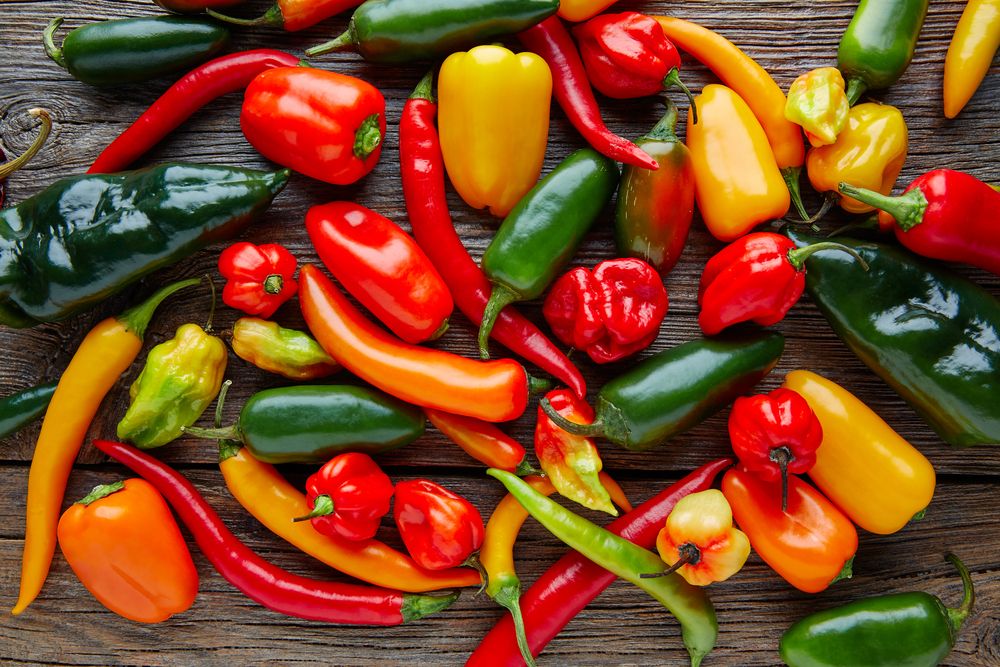
First of all, with chili peppers, size and heat go hand in hand. Larger varieties lean toward the milder side, while the small, pointy peppers usually deliver more burn.
But don't let the little ones' potency scare you off: Their ability to make you sweat also confers the most health benefits.
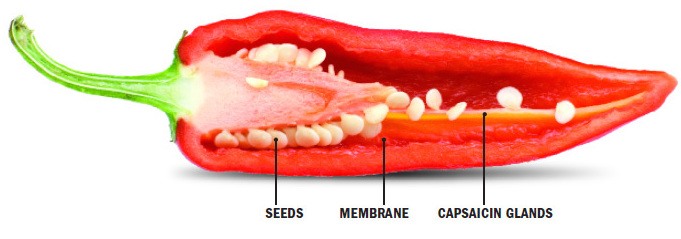
In general, all chiles contain the fiery capsaicin (up to 80% of which is in the peppers' seeds and veins). Research shows this phytochemical helps lower cholesterol, boost metabolism, and clear sinus congestion. So “Bravo!” for the heat, right?
Now for the specifics. Here are the most common chili peppers you’ll see in your grocery store, along with WHAT they’re all about, WHY you want to include them in your diet, and HOW to use them:
Habanero:
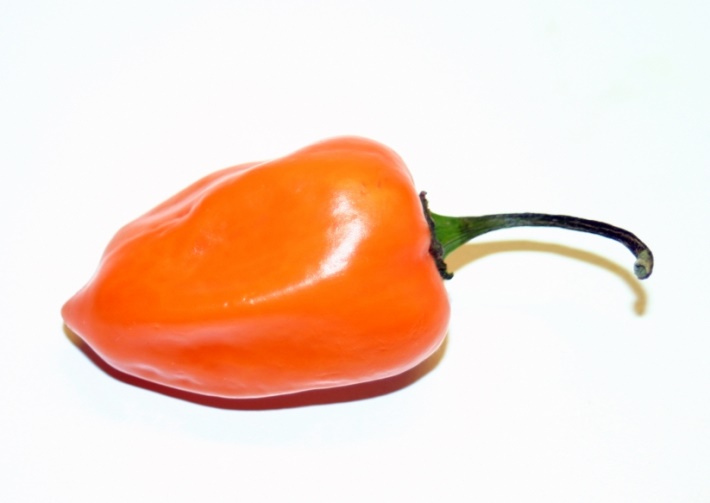
WHAT: Fiery hot, the small yellow, orange, or red habanero contains more capsaicin than most chile peppers.
WHY: Research says that capsaicin can kill prostate cancer cells and shrink tumors in mice.
HOW to use: Add some heat to tomato soup with chopped habaneros, or use them in a jerk chicken recipe.
Serrano:
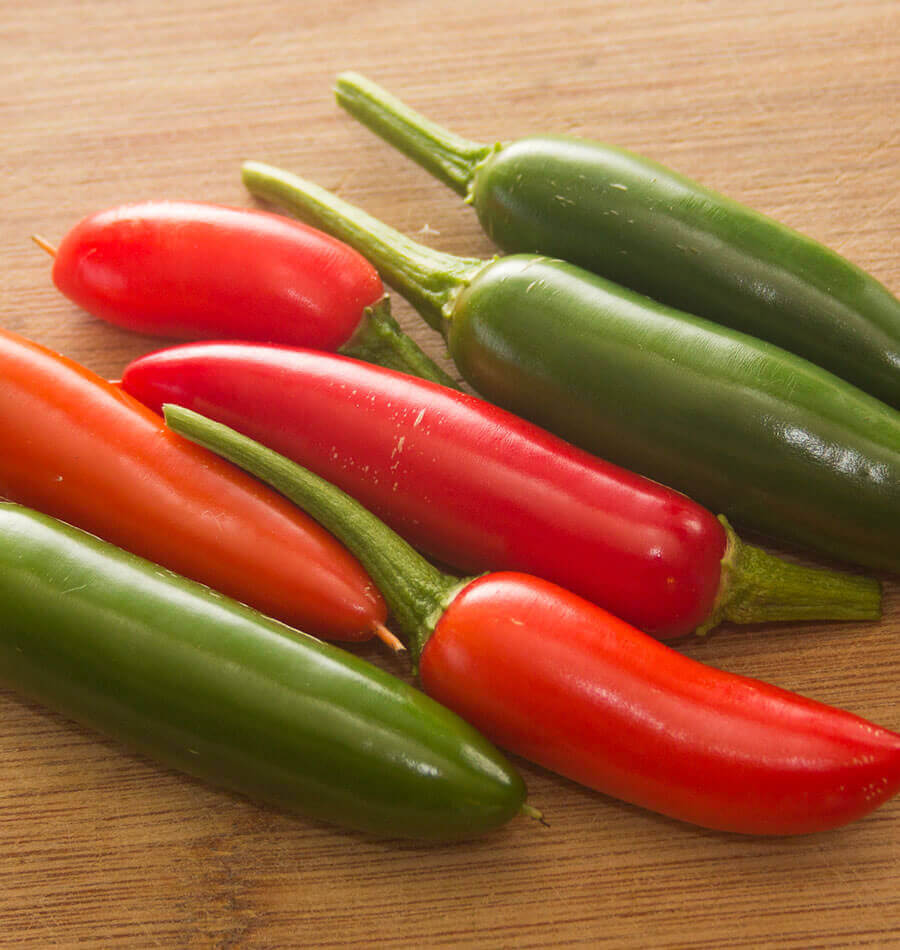
WHAT: Not as hot as habaneros, serranos still pack a punch. Look for these small peppers in either red or green.
WHY: In addition to lots of capsaicin, serrano chiles offer immunity-boosting vitamin C; vitamin B6, which helps maintain normal nerve function and plays a role in red-blood-cell formation; and vitamin K, a key nutrient for blood clotting and bone health.
HOW to use: Add chopped, raw serranos to guacamole or saute them with a mix of bell peppers and onions for fajitas.
Cherry:
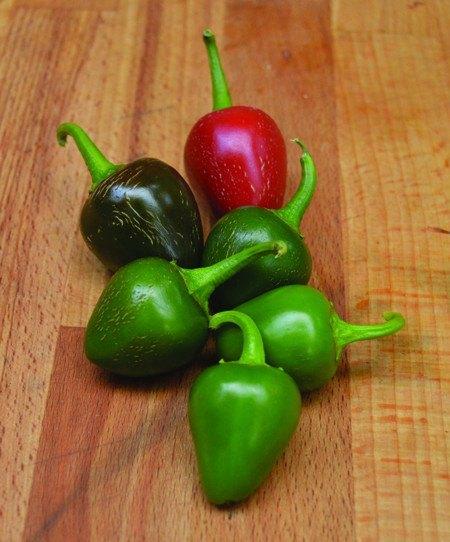
WHAT: Small, red, and a little sweeter than most chiles, the aptly named cherry pepper ranks mild to medium in heat.
WHY: This chile makes a good source of beta-carotene, an antioxidant that helps to protect the body from free radicals.
HOW to use: Add to your favorite gazpacho recipe, or use it to spice up a grilled cheese or roasted vegetable sandwich.
Jalapeno:
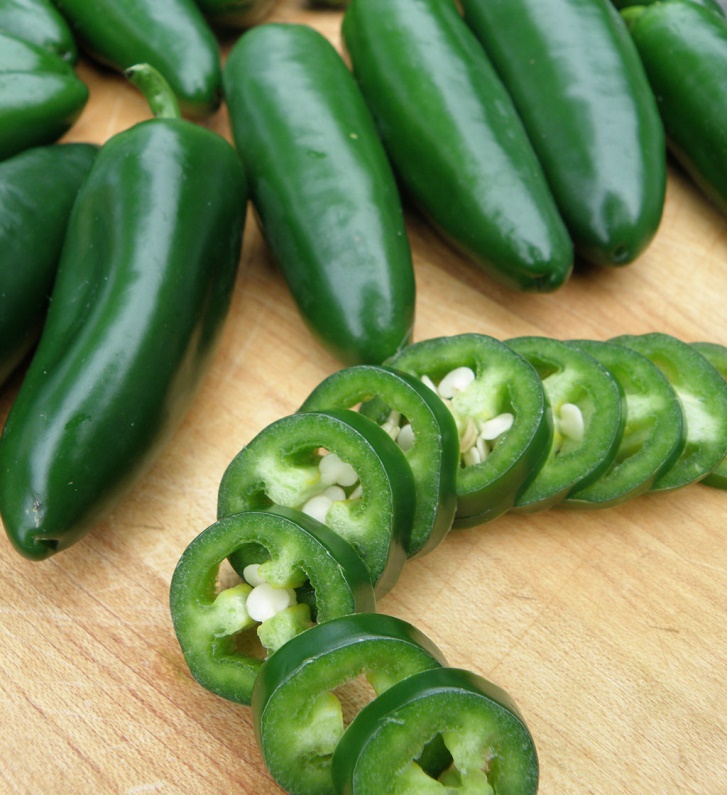
WHAT: About 2 inches long and 1 inch in diameter, jalapenos come fresh, canned, or smoked (in which case they're called chipotles). They fall toward the spicier end of the chile pepper spectrum, but readily removable seeds and veins make for an easy-to-control heat level.
WHY: These crisp little peppers give a hefty dose of vitamin C as well as folate, which helps the body develop and maintain new cells.
HOW to use: Combine diced jalapenos with peaches or mangoes for a fruit salsa, or saute them with fresh corn, salt, and pepper for a spicy side dish.
Poblano:
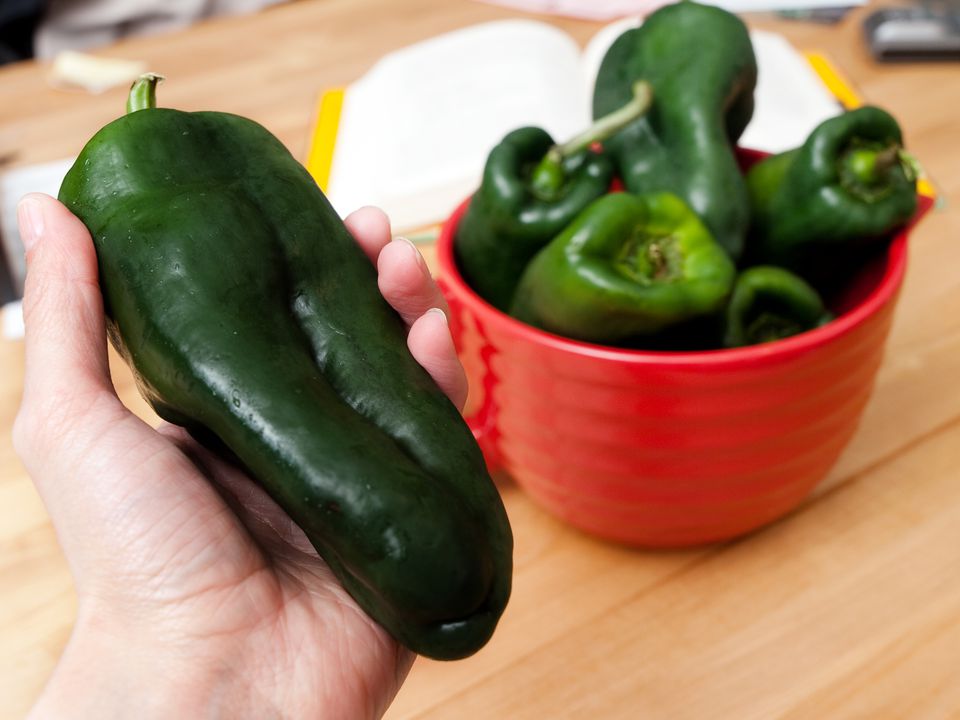
WHAT: The dark green-to-red, bell-shaped poblano has rich flavor but mild heat. Its large size (4 to 5 inches long and 2 1/2 inches in diameter) makes it a prime candidate for stuffed dishes such as chiles rellenos.
WHY: Also known as ancho peppers when dried, poblanos contain fiber, folate, and kidney-supporting potassium.
HOW to use: Because of their thick, waxy skin, poblanos are rarely eaten raw; roast them with oil, salt, and pepper, or saute them and pair with scrambled eggs.
Anaheim:
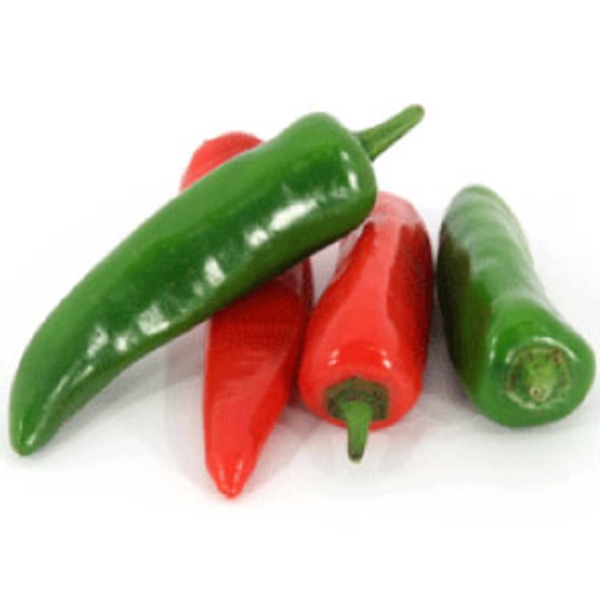
WHAT: Named for Anaheim, California, and sometimes called a California chile, this long, narrow variety is milder than many of its Mexican relatives, though it does have more heat than a bell pepper.
WHY: These tamer peppers, which offer fiber, folate, and vitamin C, make for a good introduction to the use of chiles.
HOW to use: Combine them with tomatoes, cucumbers, and fresh herbs for a summer salad, or bake them into cornbread.

And here’s an important chili pepper tip: Always avoid rubbing your eyes after handling chiles, and wash hands well. The capsaicin is a known skin and eye irritant. (Ask me how I know!)
I’ll close with a great recipe using the Anaheim pepper, in honor of any of you who may be new to the chili pepper world. As author Christie says, it’s a good introduction to the chili pepper world.

CLASSIC CHILI RELLENOS WITH ANAHEIM PEPPERS
4 large green Anaheim chilies, roasted and peeled, leave stems on
Cheddar cheese, cut into sticks (or Monterey Jack)
3 eggs, separated
1 tablespoon water
3 tablespoons flour
½ teaspoon salt
1/8 teaspoon garlic powder
salsa
TO ROAST CHILIES:
Place chile peppers on an aluminum foil-lined baking sheet.
Broil 5 inches from the heat (with electric oven door partially open) 5 minutes on each side or until chile peppers are blistered.
Place chile peppers in a heavy-duty zip-top plastic bag; seal.
Let stand 10 minutes to loosen skins.
Peel peppers, leaving stems attached.
Make a slit in the side of each chile, remove seeds, and stuff with cheese sticks.
Dredge chiles with flour. Beat egg whites until they become stiff and peaks form. Beat yolks with water, 3 tablespoons flour, salt, and garlic powder until thick and creamy. Fold the yolks into the whites and dip the chiles in the mixture.
Fry in 2-3 inches of oil until they become golden brown.
Serve with your favorite salsa, refried beans and yellow rice for a great south of the border meal!
- www.sumedico.com
- www.dave-dewitt.com
- www.americanseedco.com
- www.westcoastseeds.com
- www.superseeds.com
- www.bonnieplants.com
- www.thespruce.com
- www.instacart.com
- www.fortissima.com.br
- www.geniuskitchen.com
 Alice Osborne
Alice Osborne
Weekly Newsletter Contributor since 2006
Email the author! alice@dvo.com
